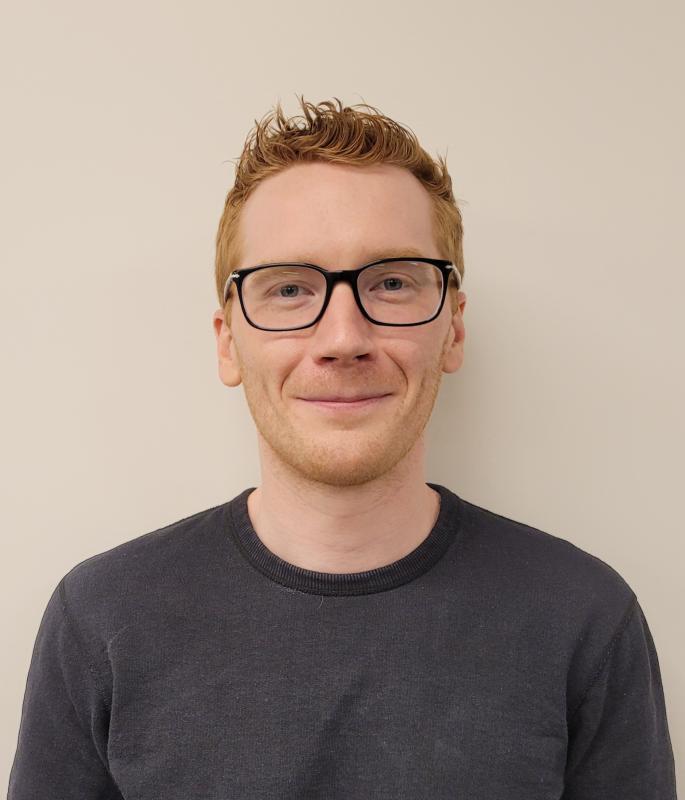An international study led by Jonathon Campbell at The Institute highlights the powerful health and economic impact of expanding preventive tuberculosis measures.
Tuberculosis (TB) remains the world's leading cause of death from a single infectious agent. A new study recently published in The Lancet Global Health and supported by the World Health Organization (WHO) shows that expanding TB screening and preventive treatment could dramatically reduce TB incidence and deliver substantial economic returns.
Conducted in Brazil, Georgia, Kenya and South Africa, the modeling study outlines the investments required and the projected benefits of implementing screening and preventive measures among key populations: people living with HIV, household contacts of TB patients and other country-specific high-risk groups. The findings highlight both the public health impact and the strong economic case for scaling up existing strategies that too often fail to reach those most at risk.
According to WHO, an estimated 10.8 million people developed TB and 1.25 million died from it in 2023, including 161,000 people living with HIV. Yet nearly 2.6 million people with TB (24%) remain undiagnosed each year, missing out on life-saving treatment.

"Our study shows that we can prevent millions of people from developing and dying from tuberculosis by implementing interventions that already exist - generating large societal returns on investment," says Dr. Jonathon Campbell, senior author of the study and junior scientist in the Translational Research in Respiratory Diseases Program at the Research Institute of the McGill University Health Centre (The Institute).
The researchers project that scaling up both TB screening and preventive treatment among priority groups could prevent 14% of all TB episodes in Georgia, 15% in Brazil, 21% in Kenya, and 26% in South Africa, between 2024 and 2050. Preventive treatment alone would account for about one-third of this impact.
Prevention is key - and the tools are already available
TB screening involves identifying people who have active TB disease through symptom checks, chest X-rays or rapid diagnostic tests. It helps detect disease early, break chains of transmission and protect those at highest risk.
Once active TB is ruled out, preventive treatment can be offered to people with latent infection - those who carry the bacteria but show no symptoms. This treatment typically includes a course of antibiotics that is taken over a few months to stop the infection from developing into active disease.
"Preventive treatment plays a pivotal role in reducing TB incidence and remains essential to achieving elimination, even in high-burden settings," adds Prof. Campbell, an epidemiologist and health economist with the McGill International TB Centre, who is also Assistant Professor in the Department of Medicine at McGill University. "When combined with screening for active TB disease, it makes the best use of resources and helps countries scale up faster."
Over with the status quo: investing to end TB
In each country and for each priority population, the research team compared the impact of a package of interventions related to TB screening and TB preventive treatment (TPT) - referred to as the intervention package - against the status quo, meaning current practices for preventing, diagnosing and treating TB disease and infection.
Their projections indicate that from 2024 to 2050, each dollar invested by health systems to expand TB screening and preventive treatment could generate a societal return of $51 in Brazil, $8 in Georgia, $27 in Kenya and $54 in South Africa. These estimates take into account multiple factors, including the costs averted from preventing TB episodes-such as expenses related to diagnosis and treatment to both health systems and patients-as well as the economic losses avoided through reduced illness, disability and premature deaths.
While the interventions proved cost-effective in all countries, the level of investment required varied. The share of each national TB program's budget needed to implement the interventions by 2030 ranged from 10% in Georgia to 67% in Kenya.
The study also emphasizes the importance of tailoring strategies to local epidemiological contexts. For instance, high-risk populations included people in prisons or detained in Brazil, individuals receiving care for injection drug use in Georgia, and residents of high TB prevalence areas in Kenya and South Africa.
"Preventive tools are already available, we know they work, and countries know who their vulnerable populations are," says Prof. Campbell. "Our study shows that using these tools efficiently with those most at risk is not only lifesaving but also makes strong economic sense. These findings should motivate governments and donors to invest in scaling up effective strategies."
About the study
"The effectiveness, cost-effectiveness, budget impact, and return on investment of scaling-up tuberculosis screening and preventive treatment in Brazil, Georgia, Kenya, and South Africa: a modelling study" by Juan F Vesga, Mona Salaheldin Mohamed, Monica Shandal, Elias Jabbour, Nino Lomtadze, Mmamapudi Kubjane, Anete Trajman, Gesine Meyer-Rath, Zaza Avaliani, Wesley Rotich, Daniel Mwa, Julio Croda, Hlengani T Mathema, Immaculate Kathure, Rhoda Pola, Fernanda Dockhorn Costa, Norbert O Ndjeka, Maka Danelia, Maiko L Tonini, Nelly Solomonia, Daniele M Pelissari, Dennis Falzon, Cecily Miller, Ines Garcia Baena, Nimalan Arinaminpathy, Kevin Schwartzman, Saskia Den Boon, Jonathon R Campbell was published in The Lancet Global Health
This work was supported by the World Health Organization.
DOI: 10.1016/S2214-109X(25)00321-3






